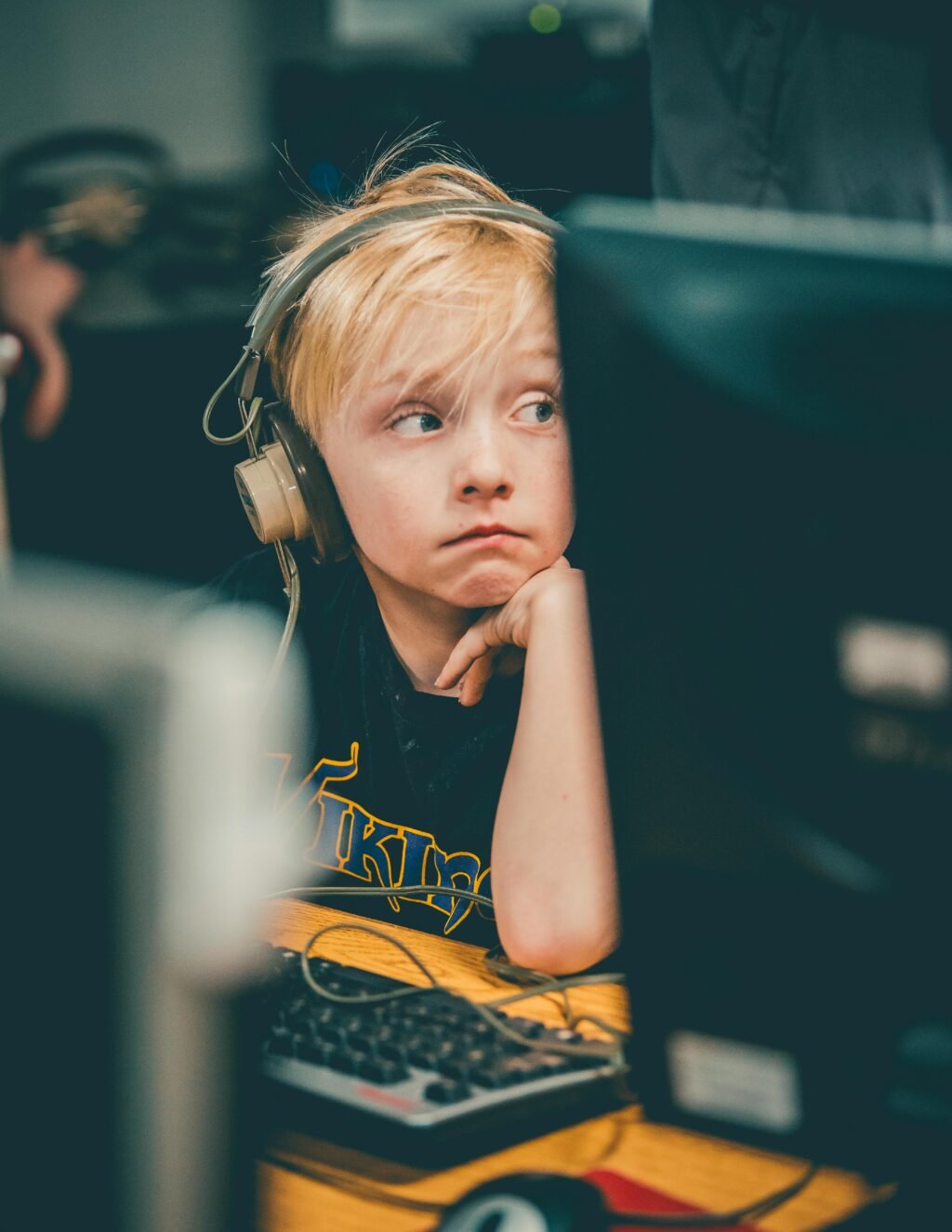
Digital nutrition is the practice of choosing meaningful and balanced screen time activities that support children’s creativity, learning, and emotional well-being, emphasizing quality over quantity for healthier digital habits in U.S. families.
Ever feel overwhelmed by the battle over screens? Digital nutrition offers a fresh, compassionate approach to managing screen time that actually connects rather than divides. Imagine using technology to build on your kid’s strengths, instead of it feeling like a constant struggle. Sound good? Let’s unpack this together.
What is Digital Nutrition? A new approach to screen time
Digital nutrition isn’t about cutting screen time down to almost nothing. Instead, it’s like choosing healthy snacks for your brain — picking quality screen experiences that actually nourish your child’s growth and creativity.
Think of it this way: not all screen time is created equal. Watching random videos for hours? That’s like eating junk food. Playing a coding game or exploring educational content? That’s more like a nutritious meal.
So, how do you tell the difference? Here are some quick pointers to help you spot the good stuff:
- Intent matters: Is your child learning new skills or fostering creativity?
- Interaction makes a difference: Passive watching isn’t the same as active problem-solving.
- Time and balance: Ever heard the phrase “everything in moderation”? Digital nutrition means balancing screen time with offline activities.
You might think, “Wait, isn’t screen time just… screen time?” Heck, that’s what many parents think. But with digital nutrition, you’re not just managing hours — you’re nurturing your kid’s digital diet, which can promote better focus, creativity, and emotional well-being.
It’s kind of like giving your brain a bubble bath — cleansing out the noise and refreshing what really matters.
Practical ways parents can foster healthy digital habits
Helping your kids build healthy digital habits isn’t about strict rules or endless monitoring. It’s about guiding them to make smart choices that fit your family’s life — kind of like teaching them to navigate a big city safely.
Heck, sometimes you just have to experiment and adjust, right? Here are some practical tips to get started:
- Set tech-free zones: Try keeping devices out of bedrooms and during family meals. This helps build connection and better sleep.
- Model balanced behavior: Kids copy what they see. When you limit your own screen time, it sends a strong message.
- Plan digital detox days: Try one day a week where screens take a backseat. It’s like hitting the reset button for everyone’s brain.
- Co-create a family media plan: Sit down together and decide what types of screen use feel good and when.
- Encourage creative use of tech: Support apps and games that build skills like storytelling, problem-solving, or coding.
According to a Common Sense Media study, 70% of parents say these conversations bring their families closer. It’s less about policing and more about connection.
Remember, fostering digital nutrition is a journey that grows along with your child — it’s not set in stone. Think of it as gardening; a little care each day helps your children flourish in the digital world.
Wrapping up
Digital nutrition is a fresh way to think about screen time—not just cutting back, but choosing activities that really feed your child’s growth and creativity.
Remember, it’s about balance and making small changes that fit your family’s unique rhythms. You don’t have to be perfect—just mindful.
So, what little step could you try today to help your family enjoy technology in a healthy, happy way?
Hey, it’s okay to figure this out as you go—sometimes the best progress comes from just being present and curious.
FAQ — your questions about digital nutrition answered
What is digital nutrition and why does it matter?
Digital nutrition means choosing quality screen time that supports your child’s growth and creativity, rather than just limiting hours.
How can I tell if screen time is good or bad for my kid?
Good screen time usually involves interactive, educational, or creative activities, while passive watching can feel less beneficial.
Can setting tech-free zones really help?
Yes, creating spaces without screens boosts family connection and improves sleep, according to many parenting experts.
Is it okay for kids to use screens daily?
Moderate daily use with a balance of offline activities is generally healthy; it’s about what and how they engage, not just how long.
How do I start a family media plan without stress?
Invite your kids to share their thoughts and agree together on screen habits, making it a team effort rather than a rule list.
Should I worry if my child prefers screens to other activities?
It’s normal for kids to enjoy screens; focusing on digital nutrition means gently guiding them toward balanced, enriching experiences.

A certified Heal Your Life® Coach with 20+ years in education and emotional development. Supports gifted teens in navigating anxiety, perfectionism, and identity challenges, while equipping parents with practical tools for lasting transformation. Sessions blend emotional healing, mindset mastery, and strategic empowerment.



